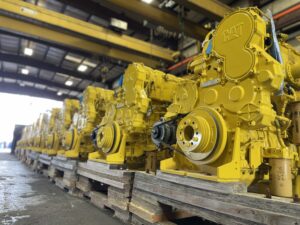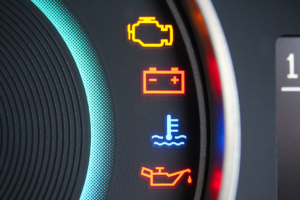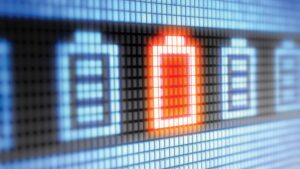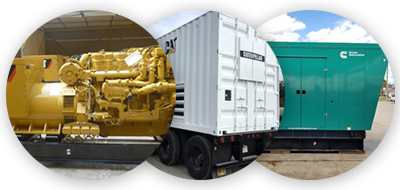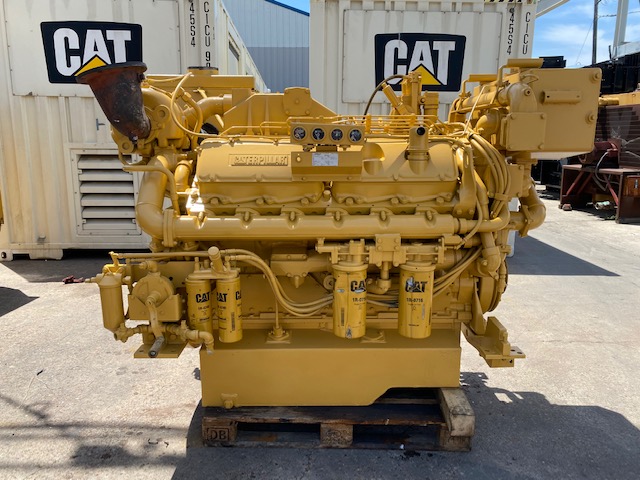
Are you in the market for a new or used boat? Have you decided that marine diesel engines are more suitable for your power needs than gasoline engines?
Explore our guide to choosing the best marine diesel engine for your particular application.
Marine Diesel Engines Are Widely Available
There are three major diesel manufacturers in today’s marketplace: Caterpillar, Cummins, and Detroit Diesel. Smaller manufacturers include Volvo, Yanmar, M.A.N., and MTU. The reliability of all manufacturers is good overall. Detroit Diesel has been in business for over 60 years and is the largest manufacturer of diesel engines in the world. Many of their engine models use interchangeable parts, and they have an excellent reputation for reliability.
While you may be prone to choose one over the other due to brand familiarity, there are many variables to consider when selecting a marine diesel engine. Much depends on how you plan to run your boat and the level of performance and service life you expect. The modern marine diesel engine is more complex, lighter, and very powerful.
Two-Cycle vs. Four-Cycle Marine Diesels
There are two basic marine diesel engine types: two-cycle and four-cycle. Of the manufacturers listed above, Detroit Diesel is the only one that makes a two-cycle marine diesel. All the other companies listed make four-cycle diesel engines.
Two-cycle and four-cycle diesel engines are also known as two-stroke and four-stroke diesel engines, respectively. Two-cycle engines produce much higher torque and higher power at lower speeds (RPMs) than a four-cycle diesel. An engine “stroke” is a single movement (either up or down) of the piston through the cylinder. The piston is connected to the crankshaft by a push rod.
The differences between the two types are significant. Each type of engine has pros and cons related to the engine’s workload.
In a two-cycle engine, the diesel cycle of intake, compression, combustion (power), and exhaust occurs in two strokes, resulting from one complete crankshaft rotation. The piston moves up to the top of the cylinder (the first, or compression, stroke) and then back down (the second, or power, stroke) as the crankshaft rotates. Both exhaust and intake occur simultaneously.
A four-cycle engine requires four strokes during two crankshaft rotations to perform these same four functions.
So, even though two-cycle marine diesel engines are more complex with more internal parts than their four-stroke competitors, costs are held down by economies of scale due to higher production numbers. Fuel consumption is similar between both types of engine.
How Much Power Do You Need?
The amount of power needed is determined by the boat’s purpose and workload. The amount of equipment and weight the boat carries changes the amount of power required. Power equates to speed.
The boat manufacturer makes it easy for you to select the correct engine because they install different models, with various options, at the factory. Always test engines by taking them out on the water. You should try different option packages and then choose the most horsepower you can afford. Why? Because when you’re testing out a boat, your gear and equipment aren’t on it. The power-to-weight ratio is critical, and even a 50 HP difference between engines could be very noticeable. You don’t want to power your boat on the margin, so you should buy a bit more power than you think the boat needs.
Having enough horsepower and keeping RPMs low means engines don’t have to work as hard to give you the speed you want. You will have lower maintenance and fuel costs over the engine’s life. Two-stroke engines deliver more power with fewer RPMS. The push rods of two-stroke engines are about one-third longer than most four-cycle engines, permitting more rotational torque as the crankshaft turns.
You also need to consider engine weight itself in figuring the power-to-weight ratio. And, if you fit a used boat with a new engine, you must take into account the physical size of the engine. The new engine will have to fit into the existing engine area (i.e., footprint).
What About Servicing a Marine Diesel Engine?
You need to be able to service whatever engine you select. So, being able to gain access to do-it-yourself service areas is important. It’s true, though, that modern marine diesel engines do not lend themselves to many DIY tasks.
Tasks like routine engine oil and filter changes, cooling system maintenance, or replacing a fuel filter are typically DIY-friendly. However, the complexity of electronically-controlled boat diesel engines requires special tools, special training, or both.
All diesel-powered boats, regardless of craft size or engine horsepower, must meet EPA Tier-3 emission requirements. Work to reduce emissions is the main reason engine computer controls are so complex.
Don’t Get Confused By All the Data!
We’re experts in marine diesel engines, and we can help lead you through the dense fog of data that is out there. If you have any questions about buying the right marine diesel engine, contact us today!


